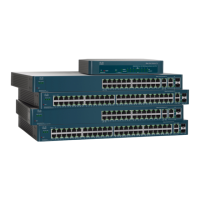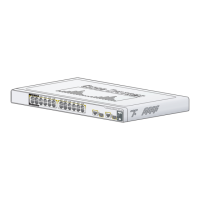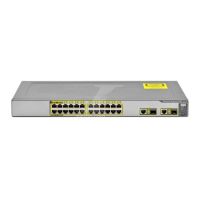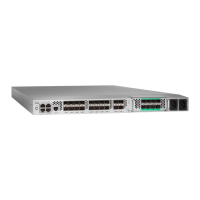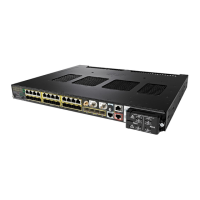IP Configuration
IPv6 Management and Interfaces
391 Cisco 500 Series Managed Switch Administration Guide
18
This page displays the neighbors that were automatically detected or manually
configured entries. Each entry displays to which interface the neighbor is
connected, the neighbor’s IPv6 and MAC addresses, the entry type (static or
dynamic), and the state of the neighbor.
To define IPv6 neighbors:
STEP 1 In Layer 2 system mode, click Administration > Management Interface > IPv6
Neighbors.
In Layer 3 system mode, click IP Configuration > IPv6 Management and
Interfaces > IPv6 Neighbors.
You can select a Clear Table option to clear some or all of IPv6 addresses in the
IPv6 Neighbors Table.
• Static Only—Deletes the static IPv6 address entries.
• Dynamic Only—Deletes the dynamic IPv6 address entries.
• All Dynamic & Static—Deletes the static and dynamic address entries IPv6
address entries.
The following fields are displayed for the neighboring interfaces:
• Interface—Neighboring IPv6 interface type.
• IPv6 Address—IPv6 address of a neighbor.
• MAC Address—MAC address mapped to the specified IPv6 address.
• Type—Neighbor discovery cache information entry type (static or dynamic).
• State—Specifies the IPv6 neighbor status. The values are:
-
Incomplete
—Address resolution is working. The neighbor has not yet
responded.
-
Reachable
—Neighbor is known to be reachable.
-
Stale
—Previously-known neighbor is unreachable. No action is taken to
verify its reachability until traffic must be sent.
-
Delay
—Previously-known neighbor is unreachable. The interface is in
Delay state for a predefined Delay Time. If no reachability confirmation is
received, the state changes to Probe.
-
Probe
—Neighbor is no longer known to be reachable, and Unicast
Neighbor Solicitation probes are being sent to verify the reachability.
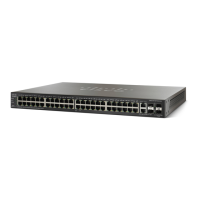
